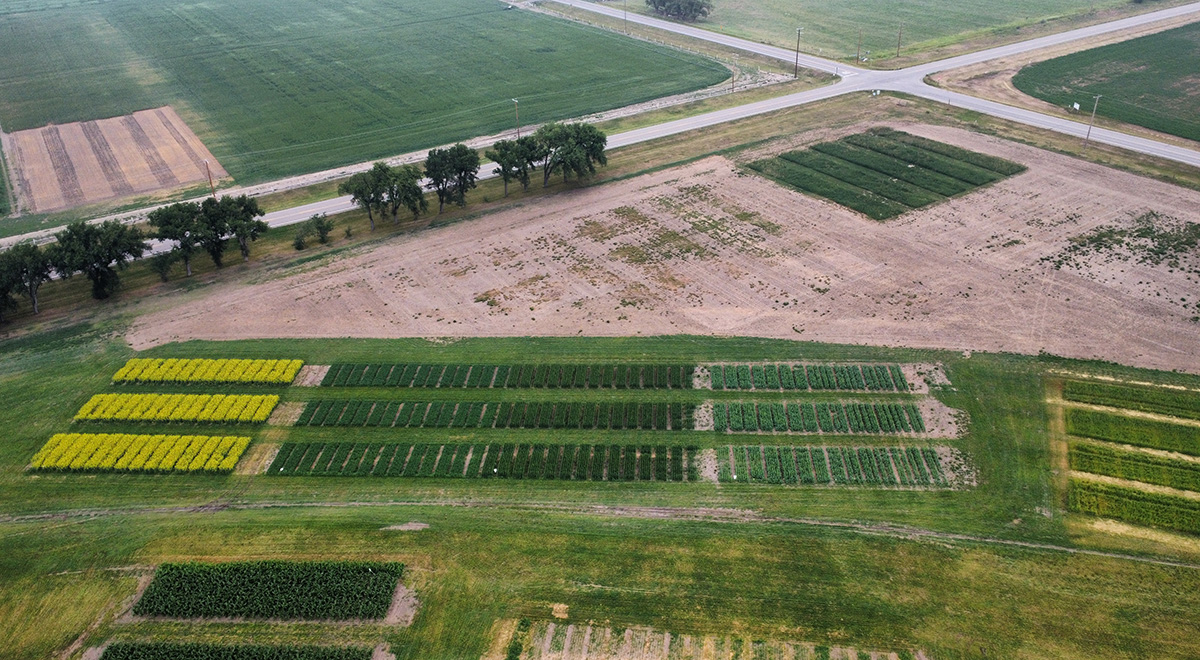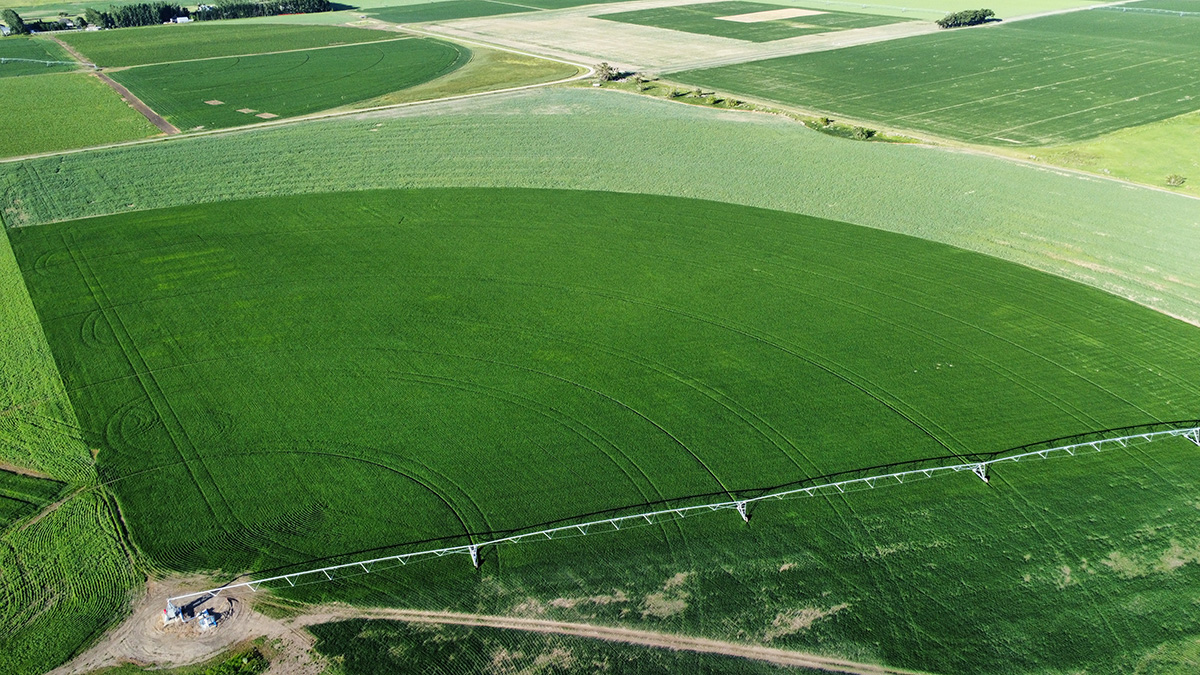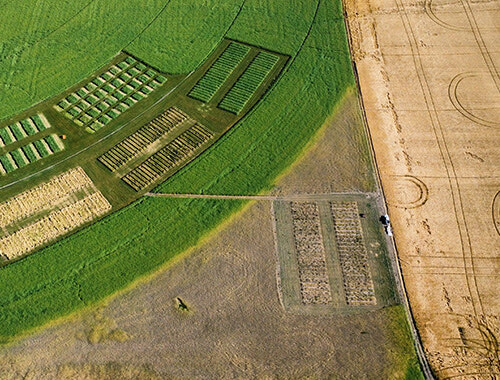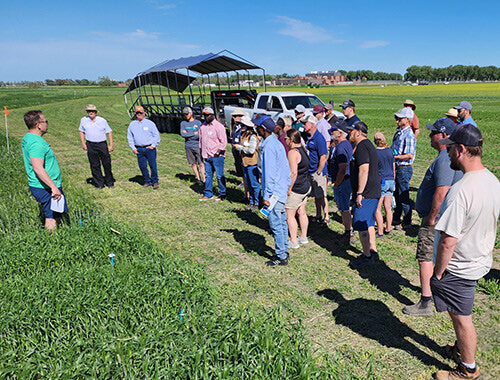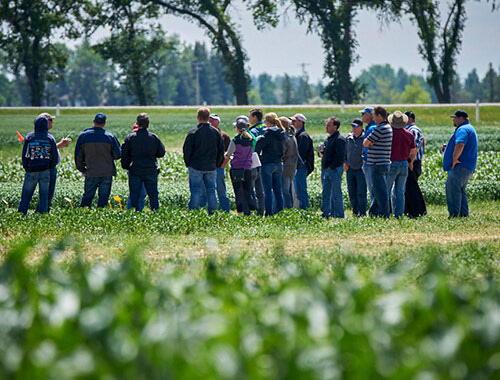By Craig Lester, Rural Roots
“I wish I didn't have to deal with these dryland corners on my fields. They are more trouble than they are worth.”
This offhand remark from a farmer has led to a full-fledged research initiative at Farming Smarter to explore how farmers manage these tricky, often-overlooked portions of irrigated fields.
The new project is entitled No Cutting Corners: Realizing the Sustainable Potential of Dryland Corners.
Ashley Wagenaar, Conservation Agronomist at Farming Smarter, is super excited to explore farms' different strategies for managing these areas.
She believes they can provide value to anyone interested in changing their approach or seeking advice on managing these areas differently.
“These land pieces don’t seem like much on their own, but they can make up 15 to 20 percent of an irrigated farmer’s land base,” said Wagenaar, who added, “If left unmanaged, they can become weed patches, especially if they are fertilized the same as irrigated portions or if an unproductive crop is grown there.”
It aims to survey farmers on their management strategies, classify different approaches, and provide guidance for optimizing these areas.
Unlike the high-yielding irrigated land surrounding them, dryland corners often create a management headache. Some farmers crop them with different varieties, leave them unattended, keep them worked up, or develop separate strategies. The project aims to find the answer to the best way to make these corners work for the farmer and farm.
|
|
|
Research trials done on a dryland corner of the irrigated research field at Farming Smarter |
“Our goal is to understand what’s being done, what’s working, and how we can support farmers in making the most of these areas,” Wagenaar said.
She says there is very limited information on best practices for these spaces.
“We see them as untapped resources when thinking about the overall sustainability of a farm.”
Wagenaar says they have seen firsthand examples of farmers utilizing innovative solutions.
“We know of some farms that have turned their dryland corners into perennial forage and brush areas for pheasant habitat, planted specialty crops that are only needed in small amounts, created dugouts to store more water, or maintained them as natural grassland for hay and grazing,” she said.
She adds that these are great examples of how these areas work for both the farm and the environment and create opportunities for farmers to enhance sustainability while reducing the burden of managing them.
“Organizations like Ducks Unlimited are beginning to offer seed and support for converting dryland corners into habitat-friendly perennial systems.”
While irrigated fields will always be high-intensity cropping zones, dryland corners have the potential to contribute to broader farm sustainability.
“If farms are interested in developing these areas into pollinator and beneficial insect habitats, or into low-maintenance perennial systems that don’t promote weeds and hold water better than an empty corner, there’s real value in that,” Wagenaar says.
She adds Farming Smarter will provide farmers with data-driven insights and practical solutions from the No Cutting Corners project.
“I think we can provide value to anyone looking to switch things up or needing advice on managing these areas differently.”
By rethinking dryland corners, farmers may discover that these overlooked spaces hold untapped potential—for their farms, sustainability, and the land itself.
|
|
|
Wagenaar hopes to provide farmers across southern Alberta with updated regional information on the return on investment for multiple dryland corner management strategies. Any growers interested in participating in the study can reach out to Ashley Wagenaar to learn more about the study and how to contribute the project! |

